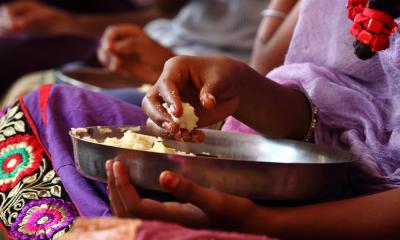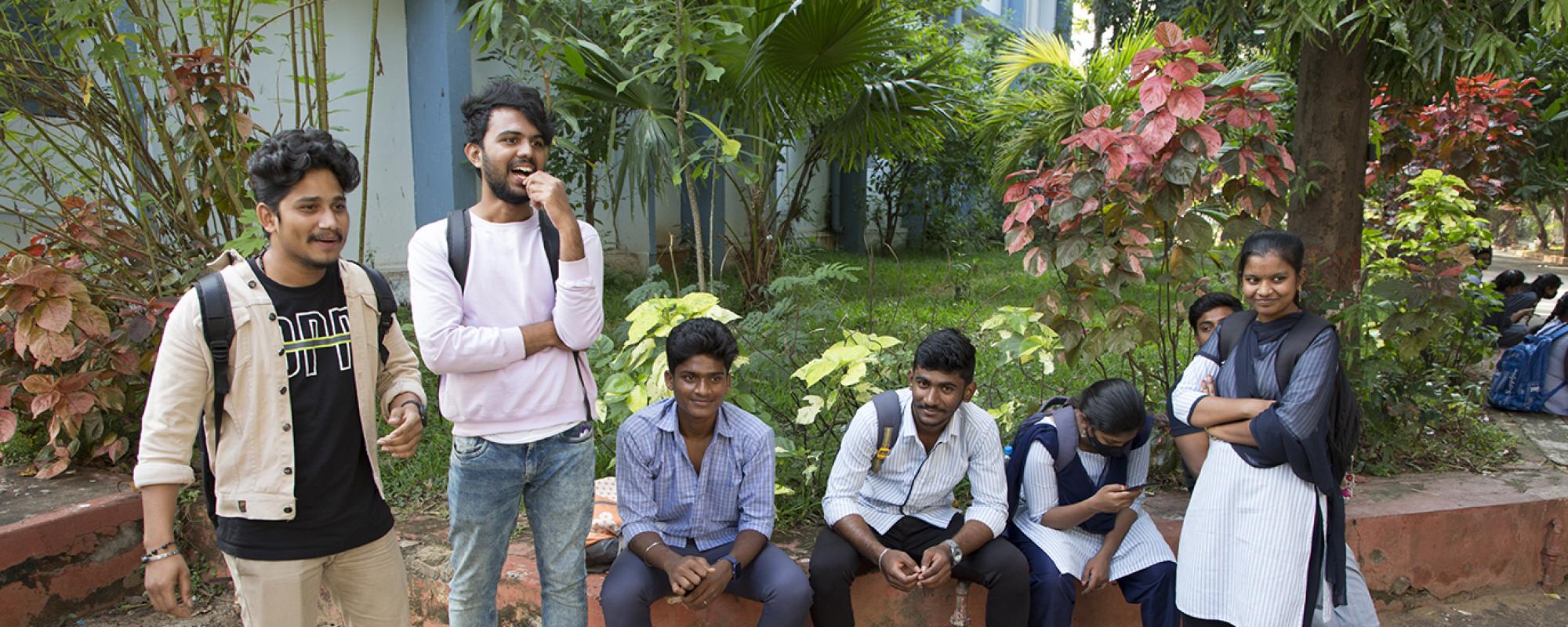This site is not fully supported by Internet Explorer. To fully enjoy this website, please use an alternative browser
- Despite reduced poverty and significant improvement in living standards over the last two decades, intersecting inequalities threaten to leave many young people behind, with those from the poorest households, rural areas, and minority groups increasingly disadvantaged.
- Childhood exposure to climate shocks such as droughts and floods has an unequal impact on children’s development, affecting their nutrition, skills development and progress in school, with poorest children most affected.
- Early growth stunting can be reversed over a much longer period than originally thought, well beyond the first 1,000 days, even up to the age of 15 years; physical recovery is associated with better performance in cognitive tests and progression through school.
- The dramatic rise in access to education has not translated into an equivalent increase in learning; Addressing the learning crisis involves delivering on every child’s right to basic foundational skills.
- Inequalities in skills and learning appear very early in life, with those from the poorest households, in rural areas, and minority groups consistently underperforming, which may perpetuate differences in employment in young adulthood.
- Investment in quality early childhood development is important for skills development and later life outcomes, but quality services often exclude the poorest children.
- Gender differences in young people’s transition to adulthood widen significantly during adolescence, affecting young women and young men in different ways at different times, particularly in relation to education, early marriage and parenthood, migration and getting a decent job.
- Girls who drop out of school, especially in rural areas and among poorer households, are at greater risk of early marriage than those who stay in education. Likewise, early motherhood puts girls at much greater risk of dropping out of school or lower education outcomes.
- The COVID-19 pandemic is widening inequalities and reversing progress towards the Sustainable Development Goals, with combined pressures of interrupted education and increased domestic work and childcare, having a disproportionate impact on vulnerable girls and young women.
- Unequal recovery in employment rates during 2020 has increased the gender employment gap, with significantly slower job recovery among young women linked to the increasing burden of unpaid caring responsibilities.
- The pandemic is taking its toll on the mental health of young people, with a striking fall in subjective wellbeing and increased levels of anxiety and depression.
- Many young people experienced increased physical domestic violence during lockdown periods. This increase was identified among both young women and young men. Those who had previously reported experiencing physical domestic violence before the pandemic may be particularly at risk during the lockdown
- Despite reduced poverty and significant improvement in living standards over the last two decades, intersecting inequalities threaten to leave many young people behind, with those from the poorest households, rural areas, and minority groups increasingly disadvantaged.
- Childhood exposure to climate shocks such as droughts and floods has an unequal impact on children’s development, affecting their nutrition, skills development and progress in school, with poorest children most affected.
- Early growth stunting can be reversed over a much longer period than originally thought, well beyond the first 1,000 days, even up to the age of 15 years; physical recovery is associated with better performance in cognitive tests and progression through school.
- The dramatic rise in access to education has not translated into an equivalent increase in learning; Addressing the learning crisis involves delivering on every child’s right to basic foundational skills.
- Inequalities in skills and learning appear very early in life, with those from the poorest households, in rural areas, and minority groups consistently underperforming, which may perpetuate differences in employment in young adulthood.
- Investment in quality early childhood development is important for skills development and later life outcomes, but quality services often exclude the poorest children.
- Gender differences in young people’s transition to adulthood widen significantly during adolescence, affecting young women and young men in different ways at different times, particularly in relation to education, early marriage and parenthood, migration and getting a decent job.
- Girls who drop out of school, especially in rural areas and among poorer households, are at greater risk of early marriage than those who stay in education. Likewise, early motherhood puts girls at much greater risk of dropping out of school or lower education outcomes.
- The COVID-19 pandemic is widening inequalities and reversing progress towards the Sustainable Development Goals, with combined pressures of interrupted education and increased domestic work and childcare, having a disproportionate impact on vulnerable girls and young women.
- Unequal recovery in employment rates during 2020 has increased the gender employment gap, with significantly slower job recovery among young women linked to the increasing burden of unpaid caring responsibilities.
- The pandemic is taking its toll on the mental health of young people, with a striking fall in subjective wellbeing and increased levels of anxiety and depression.
- Many young people experienced increased physical domestic violence during lockdown periods. This increase was identified among both young women and young men. Those who had previously reported experiencing physical domestic violence before the pandemic may be particularly at risk during the lockdown

